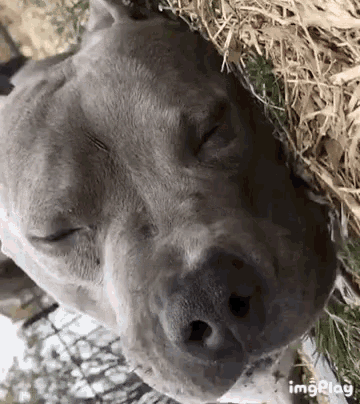How to keep your pet cool and avoid heatstroke
by Yellow

Maltese summers are known for their unforgiving heat. Just imagine having to wear a fur coat between June and September. This is the reality faced by our pet cats and dogs. So, as their trusted human companions, we need to ensure that the environment they live in is comfortably cool.
Thing is, if cats or dogs overheat, they can suffer heatstroke. What is it? When the body generates heat at a faster rate than it can lose it, this leads to hyperthermia or heatstroke. The consequences can be very serious. The heat build-up can damage internal organs to the point that they stop functioning and, in the worst case scenario, this can lead to death.
Here’s a guide that will help you understand what causes heatstroke and how to avoid it by keeping your pets cool throughout summer.
How to keep your pet cool
The good news is that you can prevent heatstroke. And the way to go about this is pretty logical - apply the same rules you apply to yourself during hot days: stay out of the sun, seek shade and ventilation, and stay hydrated.
Ensure your pet has a cool, shady, well-ventilated space.
Dogs don’t sweat. They cool down by panting and this relies on having good air flow around them. If your pets spend time outdoors, make sure they have access to shade at all times of the day. Don’t leave your pet in a closed car or in any room (or garage) that tends to get hot.
Don’t exercise them during peak hours.

Just because you might survive the heat and venture out for a walk at noon in the middle of summer, don’t assume that your pet feels the same way. If you have to venture outdoors during peak hours avoid hot sand, concrete and asphalt areas where there is no access to shade. The heat generated by these surfaces, which are unbearably hot to touch, can lead to heatstroke.
Ensure your pet has access to plenty of water.
Place water bowls in the areas where your pet spends time. Ensure that the bowl remains in the shade and refresh the water regularly. If you’re out of the house for most of the day, you can opt for self-filling water bowls available in most pet shops.
If your space allows it, you can also provide a small paddling pool where your dog can cool off. Dogs, unlike cats, tend to love water. If you do take your dog for a swim in the sea or pool, rinse them off with fresh water after as salt and chlorine can cause dry skin problems.
Recognise heatstroke symptoms
It’s important to take all the necessary precautions to avoid heatstroke. But it’s equally important to recognise the symptoms, just in case, so you can take immediate action.

Keep in mind that, even though cats are generally better at finding cool spots and avoiding heatstroke, they too can suffer from it. Also, the breed of your cat or dog can lead to a greater predisposition to overheating.
Pets with flat faces or short snouts, like pugs of Persian cats, are more susceptible to heatstroke. Same applies to animals with long fur coats. You also have to be extra careful if your pet is obese or suffers from heart or respiratory problems. According to the RSPCA, the symptoms to look out for - both for cats and dogs - include:
- Increasing panting
- Drooling and salivating
- Agitation
- Very red or pale gums
- Increased heart rate
- Breathing distress
- Vomiting, diarrhoea (possibly with blood)
- Dizziness, lethargy
- Muscle tremors, seizures
- Collapsing
- Little or no urine
What to do if you spot these symptoms
If you suspect that your pet is suffering from heatstroke, you need to treat this as an emergency.

The first thing to do is remove the animal from the hot environment. Then apply cool water to their skin or fur. Make sure the water is not very cold as this could shock their system and make the situation worse.
It helps to direct a fan onto your pet as this will help them cool off. Keep applying water, with a towel, until your pet’s breathing settles.
Once your cat or dog has cooled down, call a vet immediately. Even if you suspect all is fine, have your pet checked as there may be underlying complications you may not notice. The vet will assess the severity of the situation and take necessary action that may include putting your pet on a drip or prescribing other medication.
We all want the best for our pets. And sometimes this means taking the time to learn about them so that we can be fully there for them when they need us.
But what about those pets whose owners are not so sensitive? Or the strays roaming the hot streets? If you spot an animal in distress, you can call any of the animal rescue services listed on Yellow.
Keep cool and discover local with your pet - www.yellow.com.mt



